Common Pest Control Vocabulary
Common Pest Control Vocabulary
The Pest Control Industry is full of different terminology that can sometimes be confusing to those unfamiliar with pest control. In today’s blog, we breakdown the definitions of a variety of different pest control terms.
Bait Stations
These are areas within or around the home in which bait and traps are set by pest control professionals. These are often placed in areas of safe harbor for pests or in areas that are highly trafficked by the pests. The kind of bait and traps that are used at such stations can vary depending on the type of pest that is being treated for. 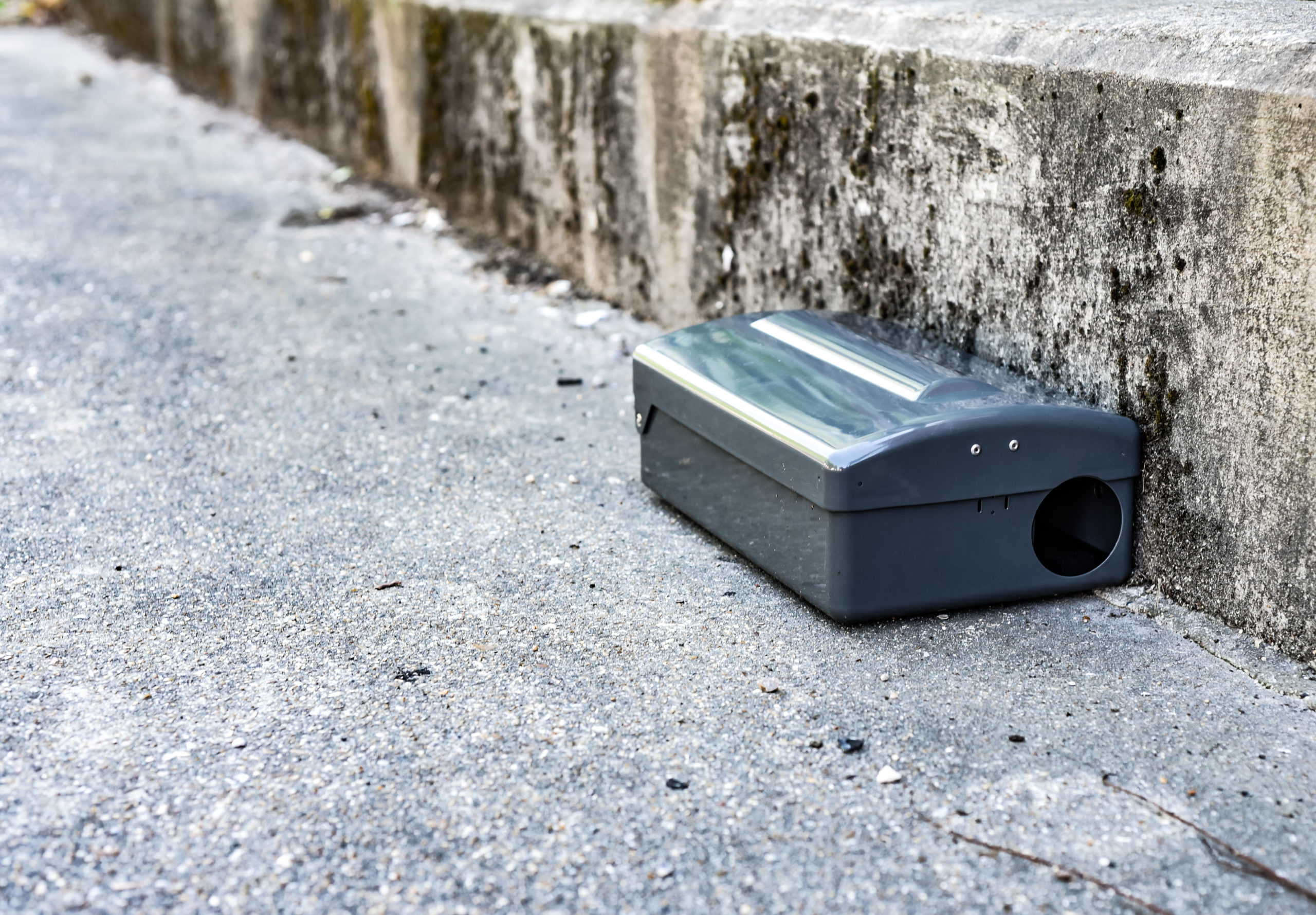
Entomology/Entomologists
Entomology is a branch of study within the zoological sciences that focuses specifically on insects and a few other groups of arthropods such as arachnids. By extension, entomologists are the scientists that conduct these studies. The range of duties for entomologists can include such tasks as:
- Classifying insects
- Studying their life cycles
- Examining their physiology
- Observing and recording their behaviors
- Studying their role in ecosystems
- Cataloging migrations
- Estimating changes in population
- Studying different kinds of pests as well as their dangers and effects on their environment, including forest pests, agricultural pests, urban pests, veterinary pests and pests that are vectors of disease
Entomologists can also pursue a variety of careers within entomology from researching and teaching, to consulting. Across the country, these kinds of positions are available in universities, private companies, corporations, or even some government agencies. 
Exclusion Services
An exclusion service is the blocking/sealing of cracks and holes that could be used by pests as points of entry into your home. In most cases, exclusions are only able to be completed by pest control professionals when the opening is the size of an apple or smaller. Gaps/holes larger than that need to be handled by a contractor. 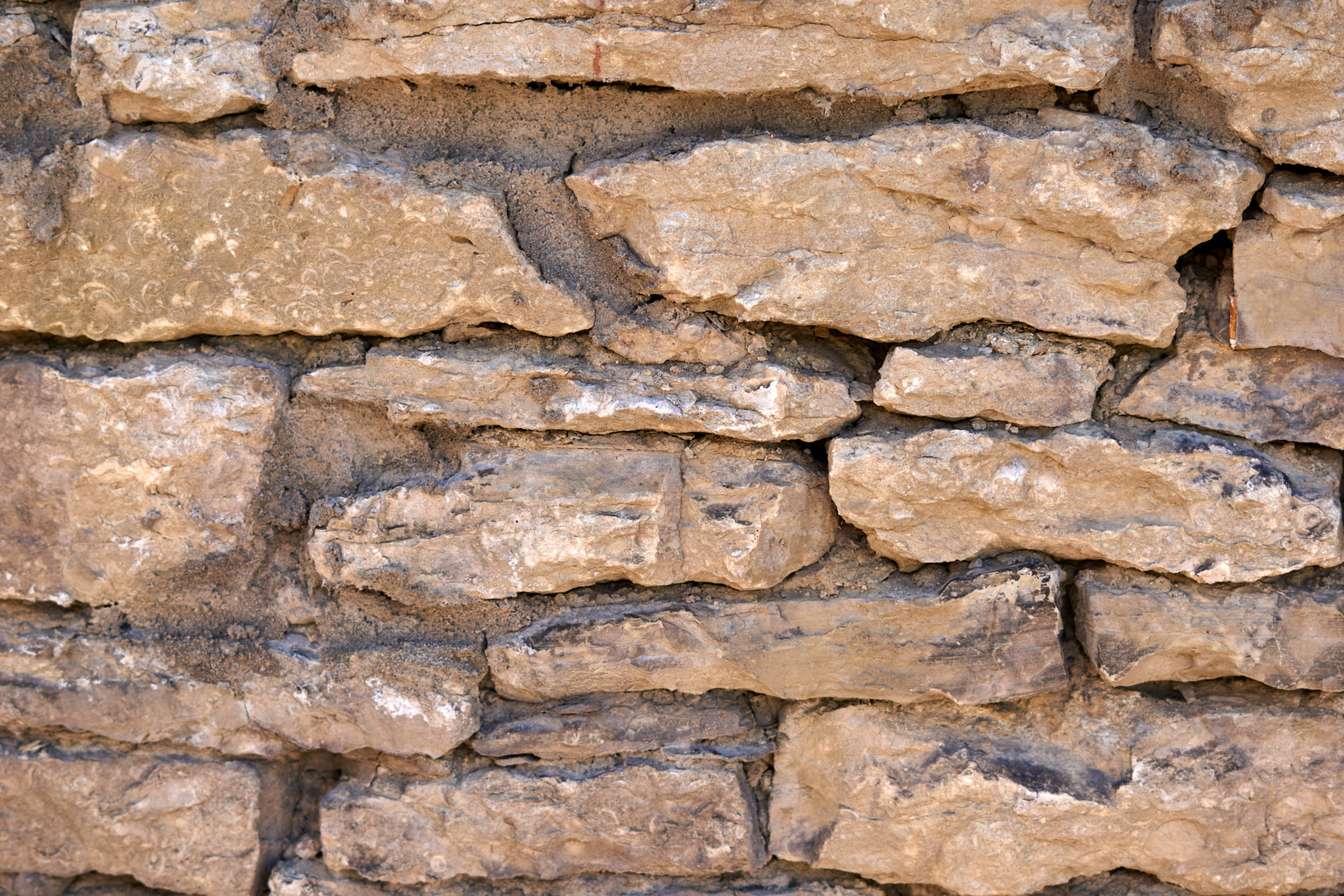
Extermination (vs. Pest Control)
There is a common misconception that exterminators are different from pest control experts however, the terms are, in fact, synonymous with one another. In the past, the term exterminator was more popularly utilized, while nowadays the terms pest control technician or pest control professional are more widely used both within the industry and colloquially. Sometimes, it is also assumed that exterminators only end ongoing infestations however, that is only half of the job. Exterminators also place a precedence on preventing pest problems in homes and commercial properties. 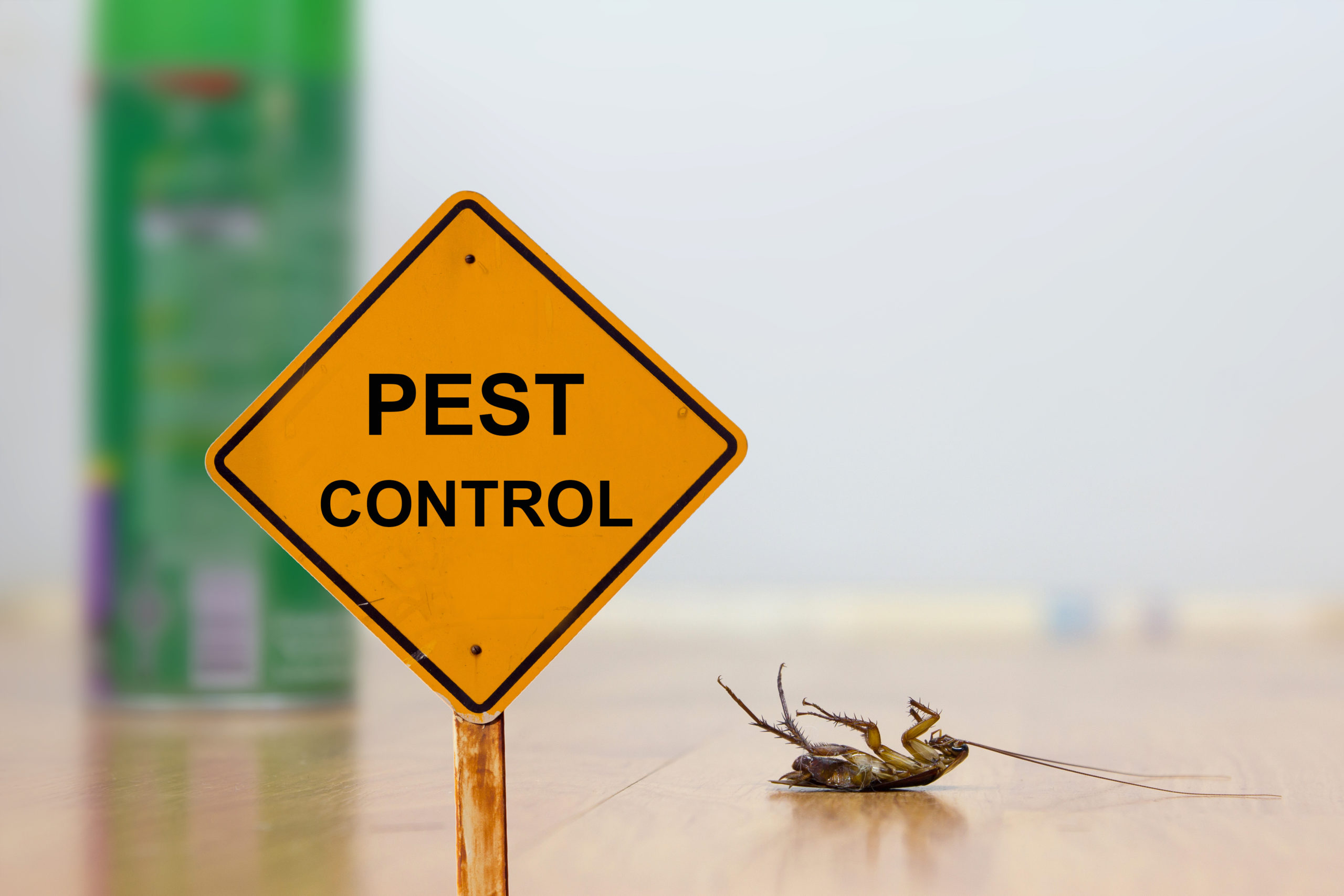
Fogging
Fogging is a method of pest control that converts the pesticide into a mist/droplet form, allowing it to spread out to cover a large area. Most commonly this is used in yards for mosquito and tick abatement. Once the ‘fog’ has settled and dried, it is safe to go back out in the yard. 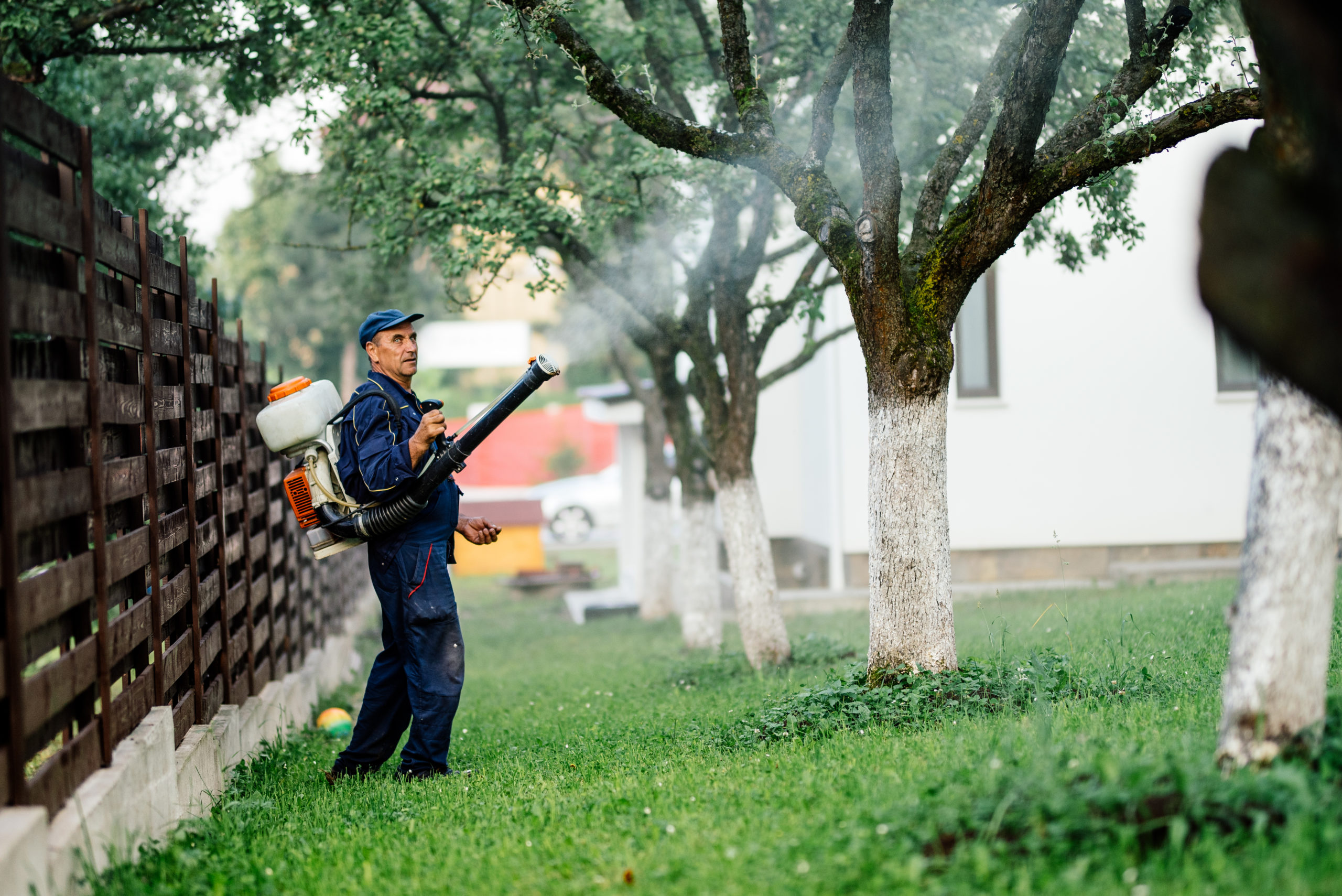
Fumigation
Fumigation is a very intense form of pest control in which an area is blocked off (often ‘tented’) in order to fill an area with gaseous pesticides to exterminate the harmful pests within. It is a fairly drastic measure that is no longer a very common practice and is mostly used for severe drywall termite infestations. 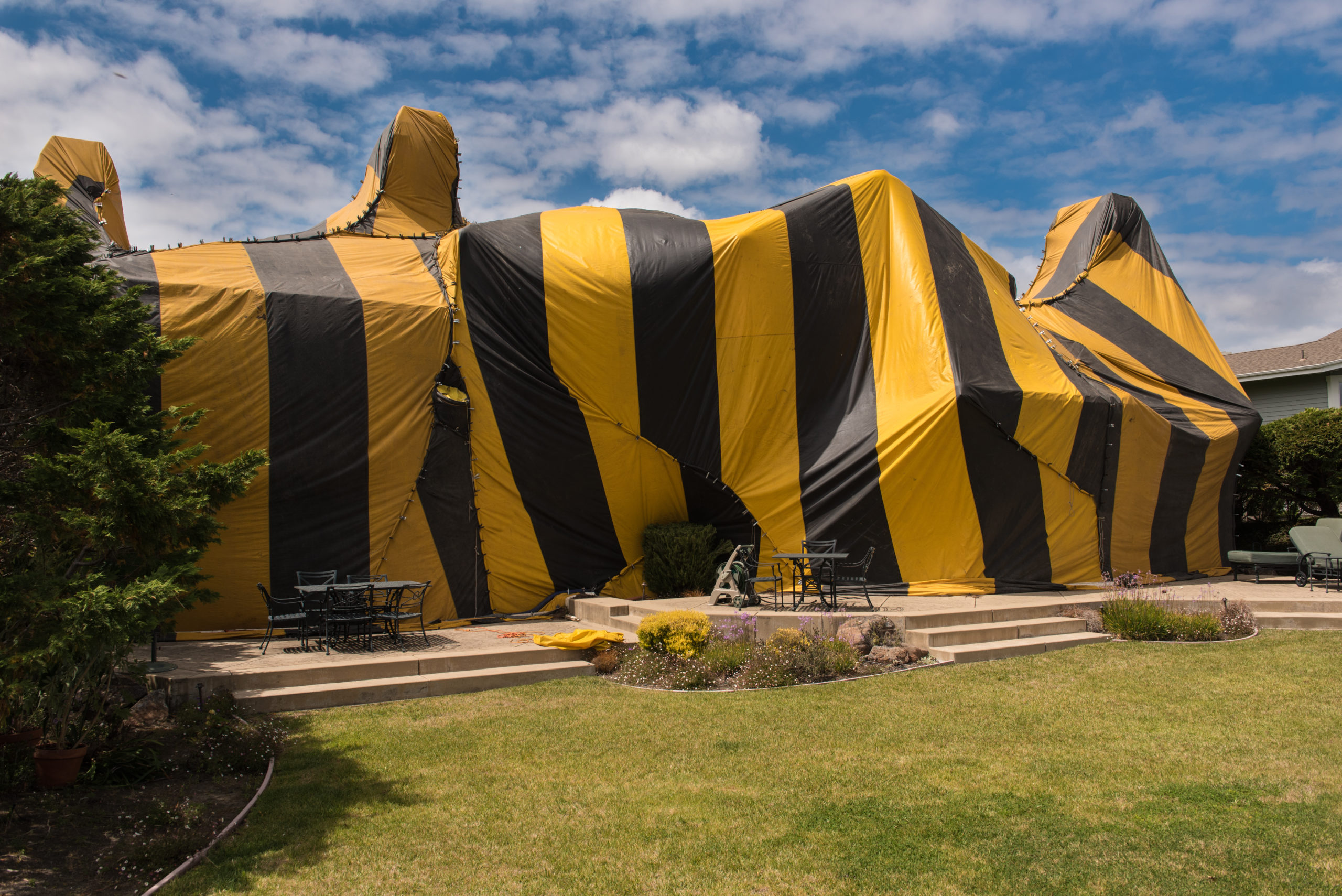
Heat Treatments
Heat treatments are a fantastic, environmentally friendly option for exterminating bed bugs. Traditional chemical treatments require a minimum of 2-3 visits to target bed bugs as they mature. This is because chemical treatments are not effective on bedbug eggs. So, while it may appear as though the problem has disappeared once the adults stop biting, it’s only a matter of time before the eggs begin to hatch and the nymphs start searching for their blood meals. Then, it’s difficult to retreat in time as the eggs will hatch at different times and continuously spraying chemicals in your home, especially in your bed, is not at all ideal. With heat treatments, the infected area is heated to at least 115°F (46°C). Once the area has reached this heightened temperature, it must be maintained for roughly 10 minutes, which is ample time for both adult bed bugs and their eggs to expire from exposure to the heat. This method of bed bug control is highly effective, efficient, and eco-friendly. 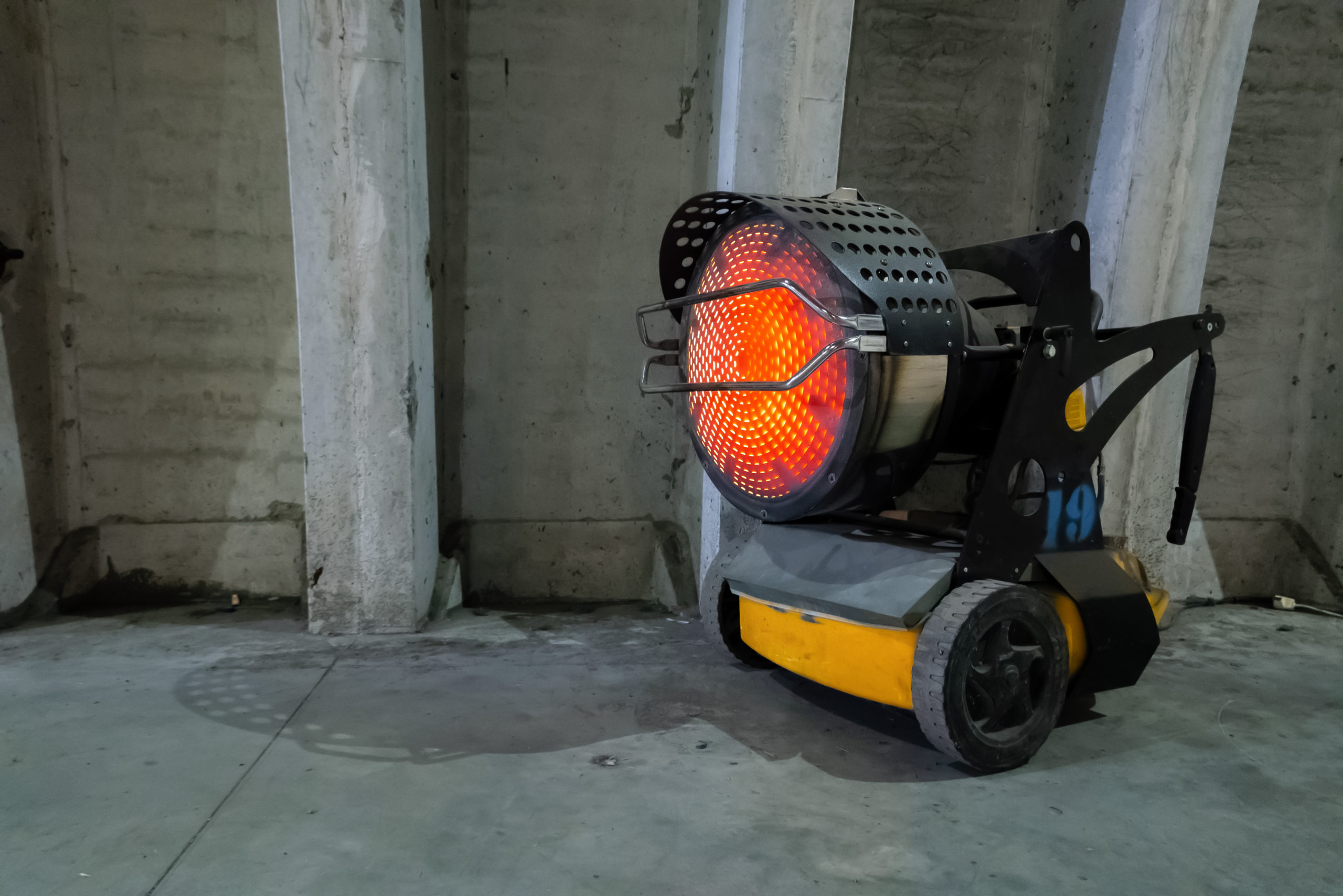
“Initial”
An ‘initial’ is the first pest control treatment someone receives and is a more involved visit than any follow-up or maintenance treatments. Typically, initials involve an in depth inspection of the area in order to determine areas of entry, high activity, and breeding; exclusion services and point of entry identification; spraying, dusting, granulating, and brushing; and a full consultation with the customer. 
IMP (Integrated Pest Management)
Integrated Pest Management (IPM) is a technique utilized by pest control companies that involves several different methods of pest control. However, it is important to note that not every company using IPM is, in fact, employing environmentally friendly solutions, as we do at Pointe Pest Control, and instead use synthetic pesticides under the guise of IPM. When implemented correctly, IPM drastically reduces and can even completely eliminate the use of pesticides, resulting in less exposure to harmful pest control products for both you and the environment, as well as minimizing the amount of products that need to be used overall by 90%. IPM is used to emphasize the importance of examining your unique situation in order to focus our efforts in an organized and efficient manner, thereby reducing the use of extraneous products and getting to the source of your pest issue. 
Insect Growth Regulators
These substances inhibit the growth and life cycle of insects are commonly used in pest control treatments. Typically, IGRs are used to control the large populations of insects that can be harmful to humans such as fleas or cockroaches. 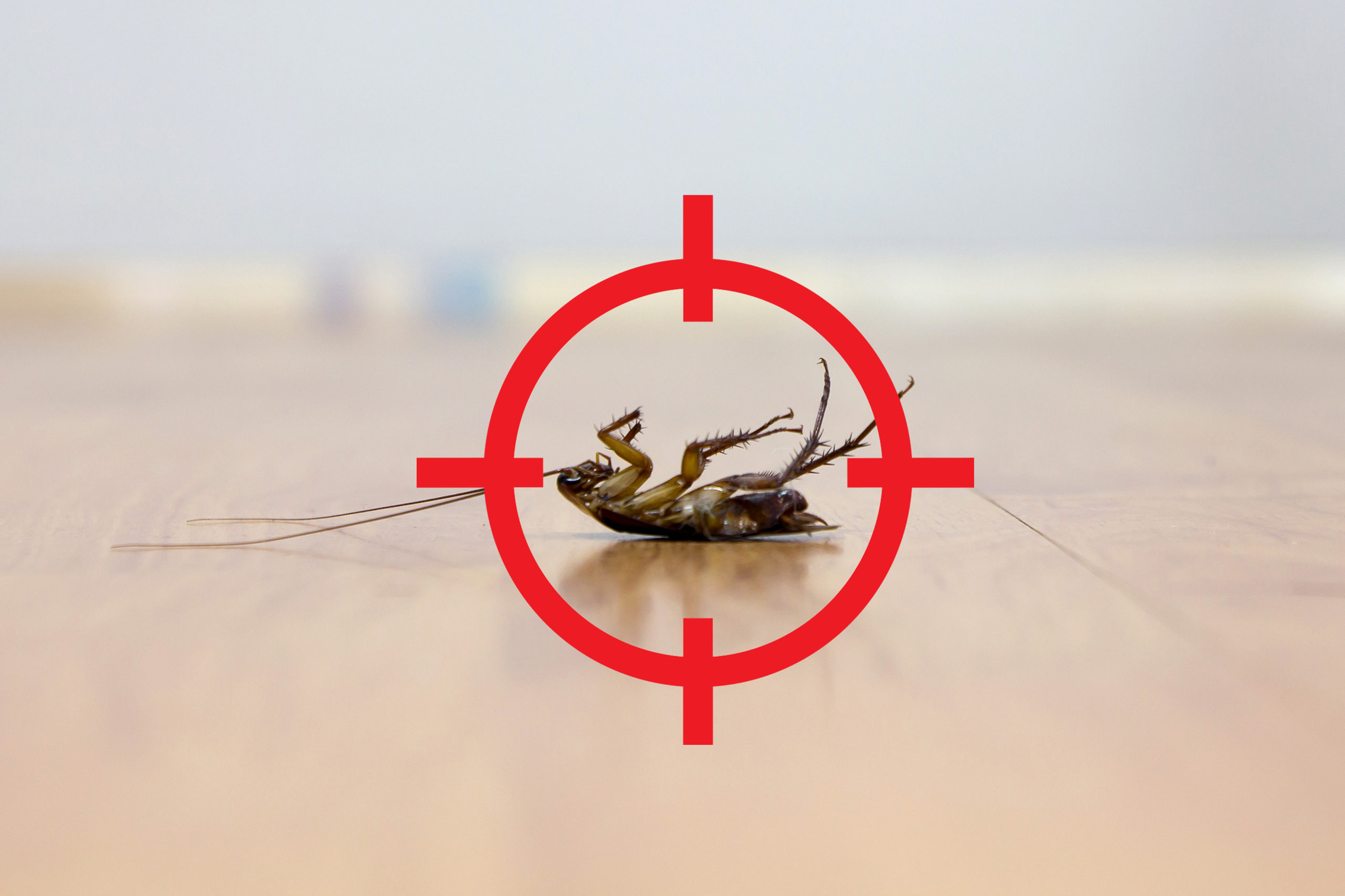
Nonselective Products
As their name suggests, these pest control products are nonspecific to any pest and have been formulated to successfully repel a wide variety of pests. 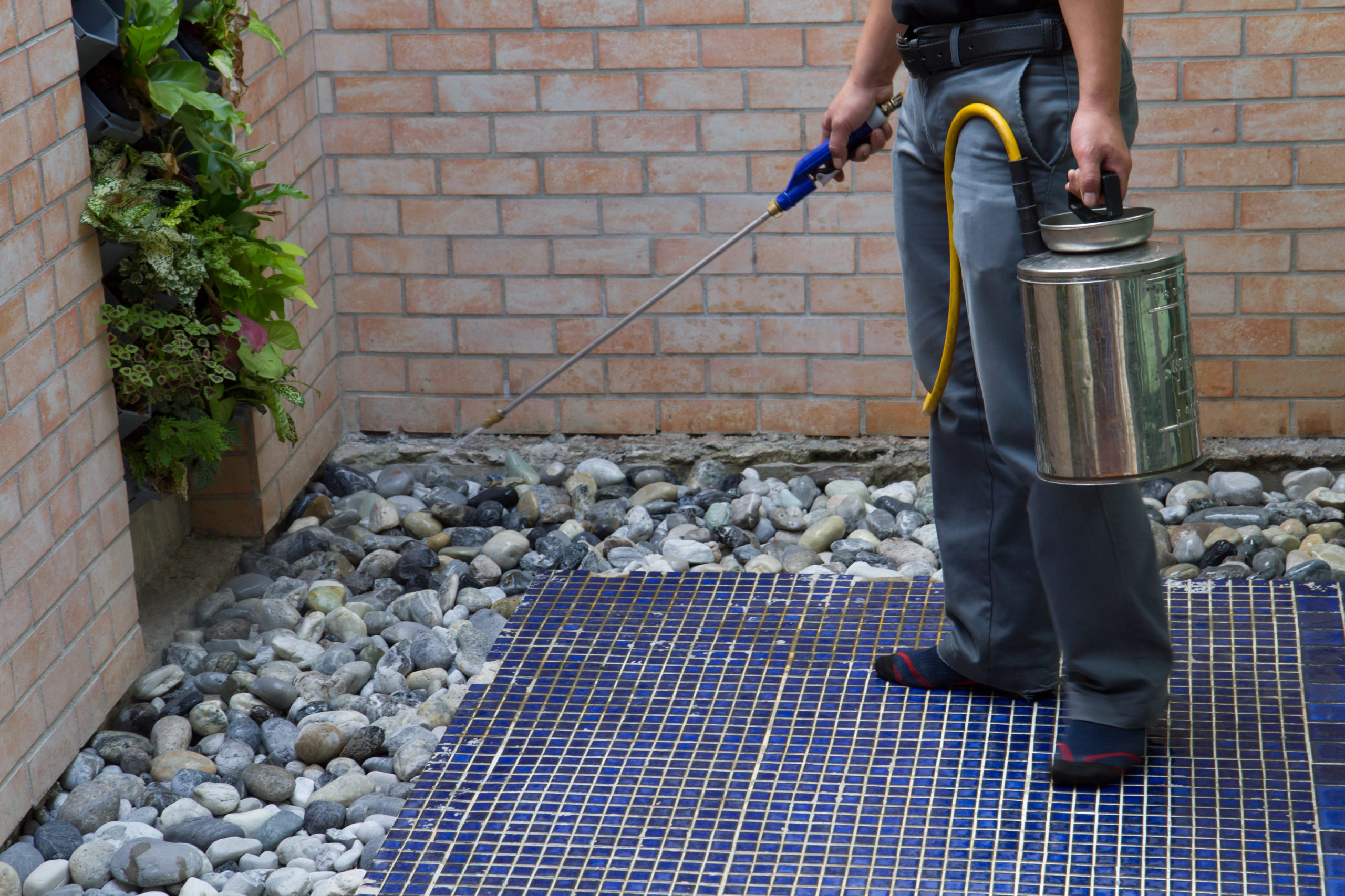
PMP
PMP stands for Pest Management Professional and is a term that can be used to describe a number of people within the pest control industry. 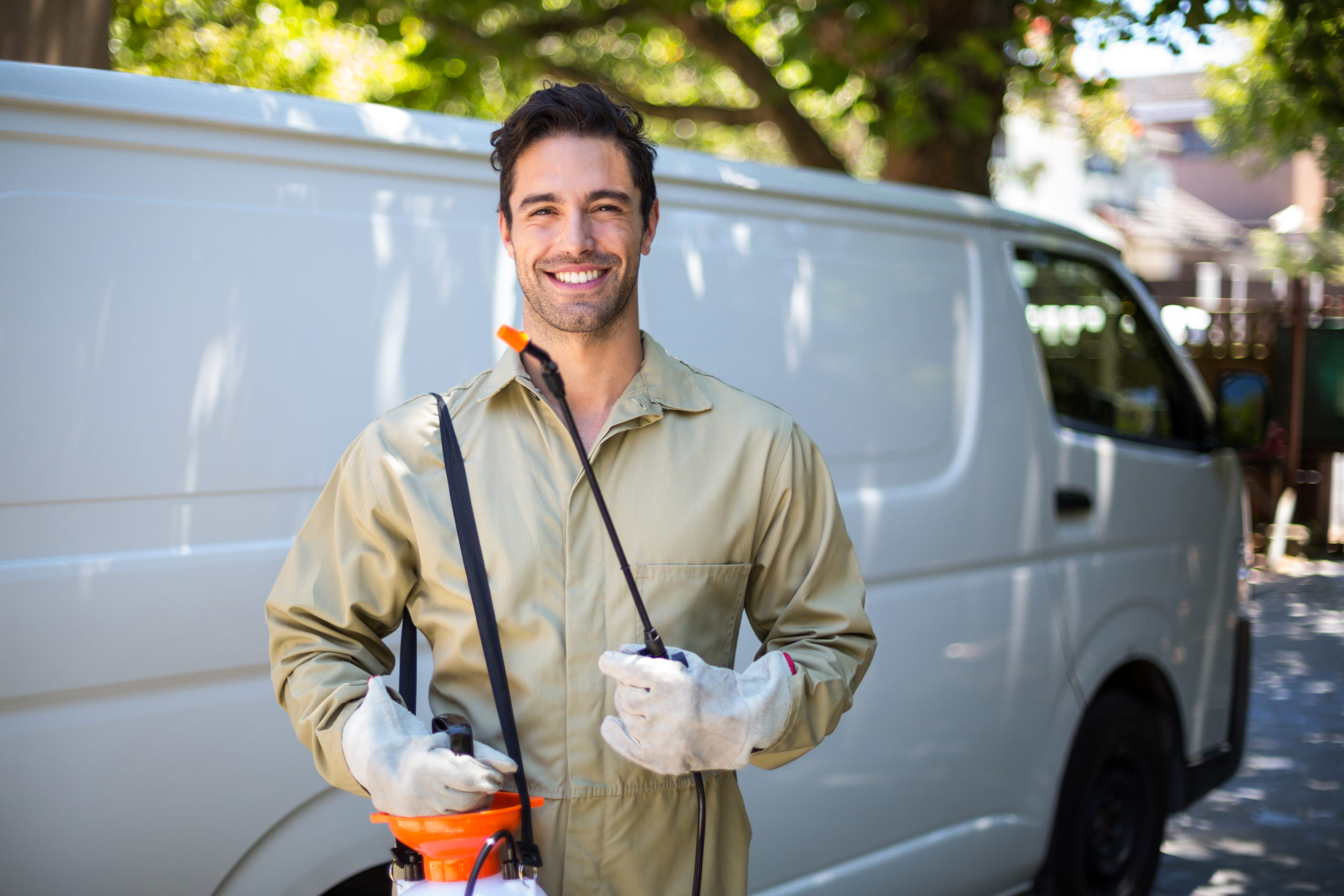
PPE
PPE stands for Personal Protective Equipment and is not a term exclusive to the pest control industry. Such equipment can vary drastically depending on the industry, which job within the industry that an individual does, their company policies, and more. At Pointe Pest Control, our technicians are armed with the following PPE for visits: masks, gloves, uniforms, close toed shoes, respirators, and safety glasses. 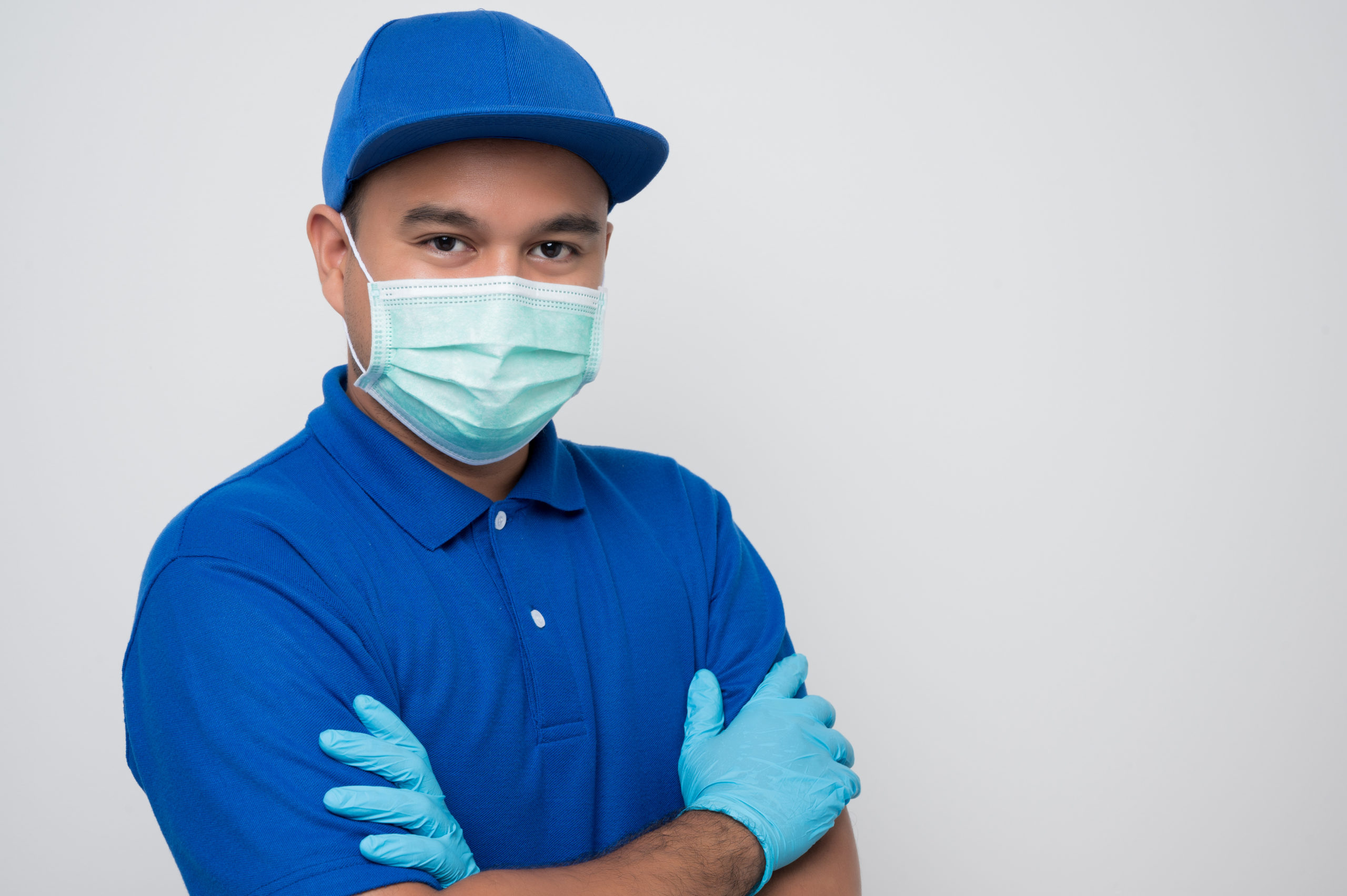
Residuals
Residuals are the remnants of a particular item, product, etc. that remains in an area after application. This is often a concern for homeowners with regards to their pest control applications, however, at Pointe Pest Control, the products we use are completely safe for both humans and pets as soon as the area is dry – no residual product. 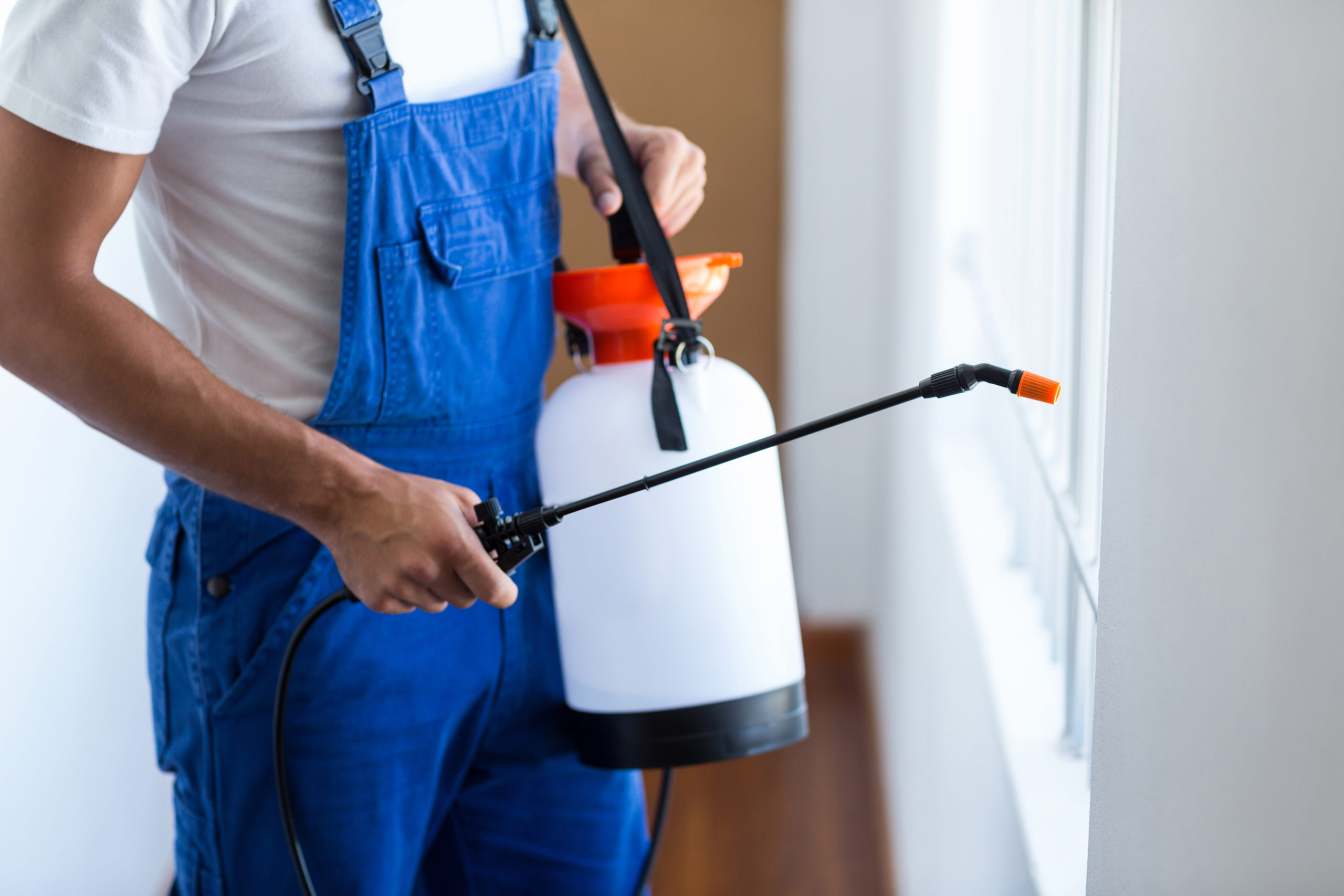
Request a Free Quote Today
(We do not share your data with anybody, and only use it for its intended purpose)


